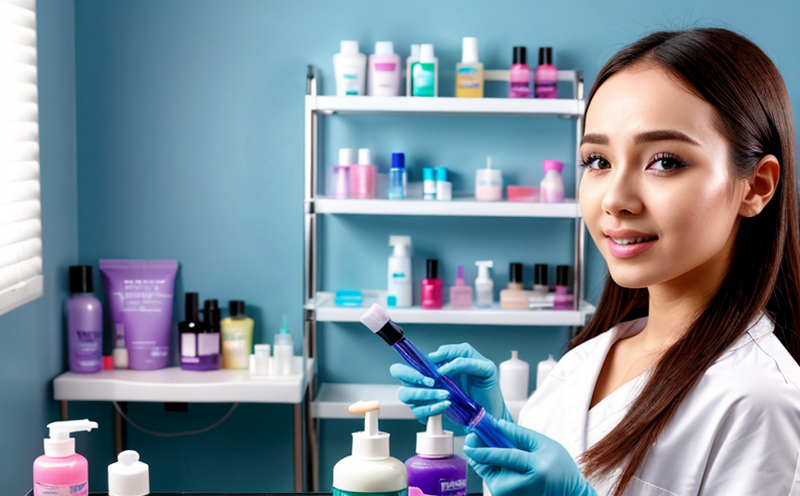WHO Guidelines for Personal Care Product Microbiology Testing
The World Health Organization (WHO) has established guidelines to ensure the safety and efficacy of personal care products. These guidelines are crucial in microbiological testing, which involves assessing the microbial content of cosmetic and personal care products to prevent contamination that could lead to adverse health effects.
Compliance with WHO standards is essential for manufacturers aiming to meet global regulatory requirements and protect public health. Microbiology testing encompasses a range of procedures designed to detect potential pathogens, spoilage organisms, and other microorganisms in cosmetic formulations. This service ensures that products are safe from microbial contamination before they reach consumers.
Microbiology testing typically involves sampling the product for analysis, followed by processing, inoculating onto selective media, incubating under appropriate conditions, and identifying any potential contaminants. The tests must be conducted using internationally recognized standards such as ISO 22716:2013, which provides specific requirements for microbiological quality in personal care products.
The WHO guidelines emphasize the importance of proper sampling techniques to ensure that the sample accurately represents the product being tested. This includes understanding how different components of a cosmetic formulation may affect microbial growth and survival. Proper labeling and documentation are also critical, as they help track the test process and results for regulatory compliance.
Microbiology testing can identify various types of microorganisms including bacteria, fungi, yeasts, and viruses. The presence of certain organisms in cosmetics is generally considered undesirable due to their potential to cause skin irritation or infections when used on the skin or mucous membranes. Some common pathogens tested for include Staphylococcus aureus, Pseudomonas aeruginosa, and Escherichia coli.
The methodology employed during microbiological testing often includes quantitative methods like plate count agar (PCA) plates to enumerate viable counts of microorganisms. Other techniques may involve qualitative assessments using selective or differential media designed to isolate specific groups of microbes. Advanced molecular diagnostic tools such as polymerase chain reaction (PCR) can also be used to detect genetic markers associated with harmful bacteria.
Manufacturers must follow strict protocols when handling samples throughout the testing process to prevent cross-contamination between different batches or products. Laboratories performing these tests should adhere to good laboratory practice (GLP), ensuring accurate and reproducible results that can stand up to scrutiny by regulatory authorities worldwide.
Scope and Methodology
- Sampling of cosmetic products for microbiological evaluation.
- Processing samples using appropriate techniques.
- Inoculating cultures onto suitable media types.
- Incubating samples under controlled conditions to allow microbial growth.
- Identifying isolated colonies or other signs of microbial activity.
Benefits
Ensures Product Safety: By adhering to WHO guidelines, companies can ensure that their personal care products do not contain harmful microorganisms which could cause irritation or infection.
Promotes Compliance: Following the prescribed procedures helps businesses comply with international regulations and standards related to cosmetic safety.
Increases Consumer Confidence: Safe products foster trust among consumers who are more likely to purchase from brands they know follow stringent quality control measures.
Industry Applications
| Application Area | Description |
|---|---|
| Cosmetic Development | Testing during formulation development ensures new products meet safety criteria early in the process. |
| Manufacturing Quality Assurance | Regular testing verifies production processes maintain consistent microbial quality standards. |
| Safety Audits and Inspections | Testing supports compliance with regulatory bodies like the WHO during periodic audits. |
| Post-Marketing Surveillance | Monitoring ongoing use of products helps identify any emerging issues related to microbial contamination. |





